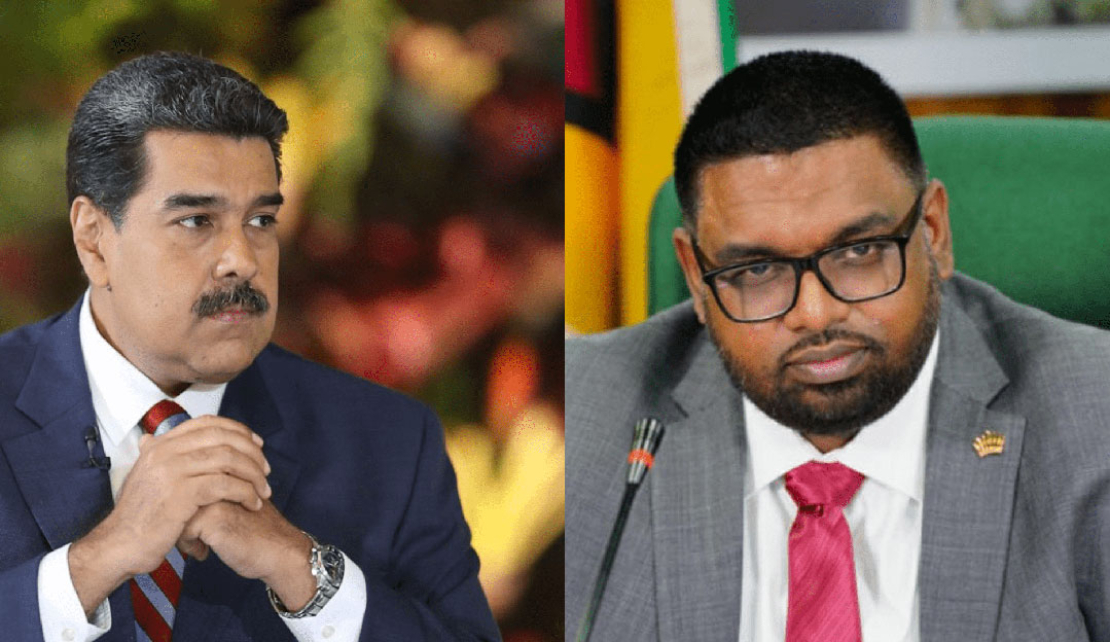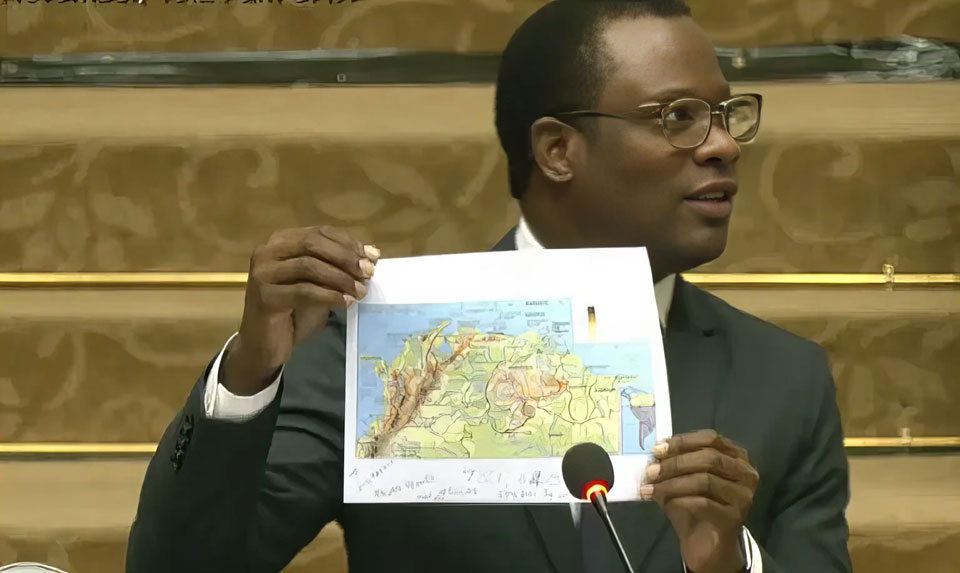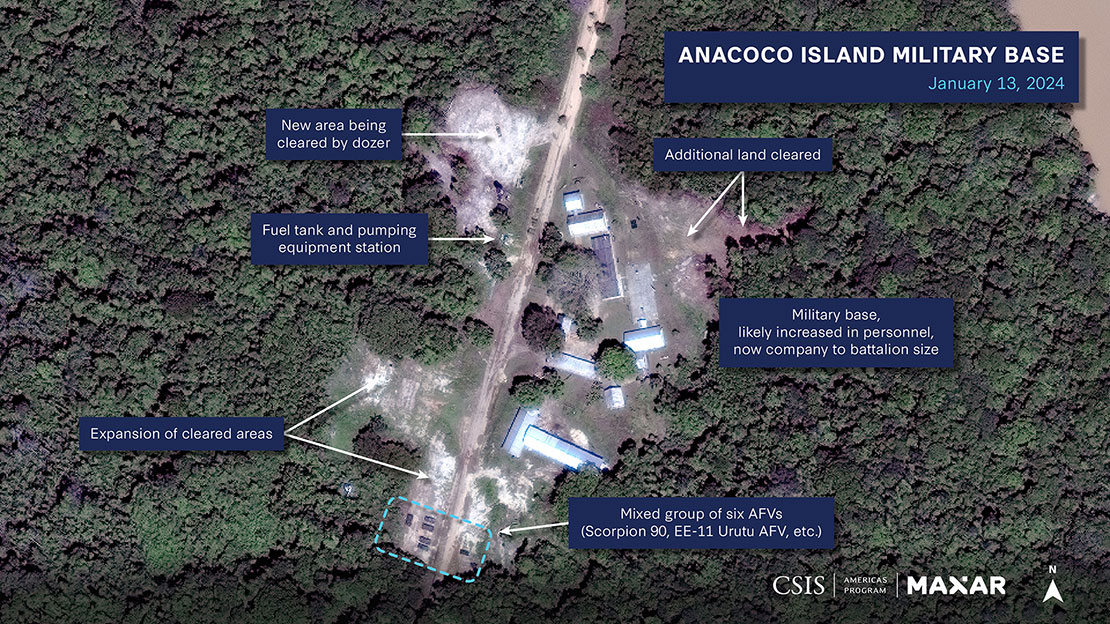Amidst Peace Talks, Venezuela’s Military Buildup on Guyana Border Raises Alarms

GEORGETOWN, Guyana, February 11, 2024 - While Venezuela projects a facade of diplomatic harmony, its military fortifications along the Guyana border, particularly on Anacoco Island and near Punta Barima, starkly contrast its peaceful overtures.
The Centre for Strategic Studies (CSIS) has pinpointed a significant Venezuelan military presence on territories historically contentious and currently recognized as part of Guyana following an 1899 arbitral decision.
Recent evidence, including a January 15, 2024-dated video from the Bolivarian National Guard and Maxar satellite imagery, reveals a concerning accumulation of military assets.
This buildup includes three V-100/150 Commando amphibious armored personnel carriers and substantial construction materials, hinting at preparations for a bridge to Anacoco Island, which has been under Venezuelan control since 1966 despite international rulings.

Todd emphasized Guyana's commitment to the Argyle Declaration for Peace and the resolution of territorial disputes through the International Court of Justice, highlighting the discrepancy between Venezuela's public diplomacy and its military postures.
The situation escalates with Venezuela's military exercises in the Caribbean, viewed as a direct response to the UK's HMS Trent patrol and burgeoning defense alliances between Guyana, the United States, and France.
These maneuvers underscore the complex geopolitical dynamics at play, further complicated by CSIS's analysis that suggests Venezuela's strategy might be one of compellence, blending diplomatic negotiations with military threats to influence Guyana's stance in the ongoing border dispute.
Compellence involves coercing an opponent into changing their behavior through a combination of threats (the stick) and diplomatic incentives (the carrot). This strategy is designed to force the adversary to undertake an action they would otherwise avoid.
CSIS warns of the dangers inherent in this strategy, pointing to the potential for escalation and the unpredictable actions of local Venezuelan commanders. This delicate balance of diplomacy and military brinkmanship underscores the urgent need for vigilant international oversight and engagement as the March meeting between Presidents Maduro and Ali approaches.
As both nations navigate these turbulent waters, the international community watches closely, hoping for a resolution that fosters peace and respects sovereignty, avoiding the pitfalls of military escalation and geopolitical strife.

Concurrently, Venezuela engages in diplomatic dialogues, such as the Argyle Declaration for Peace and Dialogue, portraying a willingness to seek a peaceful resolution. This dual approach serves to intimidate Guyana by showcasing Venezuela's capability and willingness to use force while also offering a diplomatic off-ramp.
Venezuela's use of compellence against Guyana reflects a complex strategic calculus designed to maximize its advantage in the territorial dispute. By combining military intimidation with diplomatic engagements, Venezuela aims to pressure Guyana into a favorable resolution.
However, the success of this strategy hinges on numerous factors, including Guyana's resilience, the international community's response, and Venezuela's ability to navigate the delicate balance between coercion and diplomacy without provoking unintended consequences.
-30-

 En
En  Ar
Ar